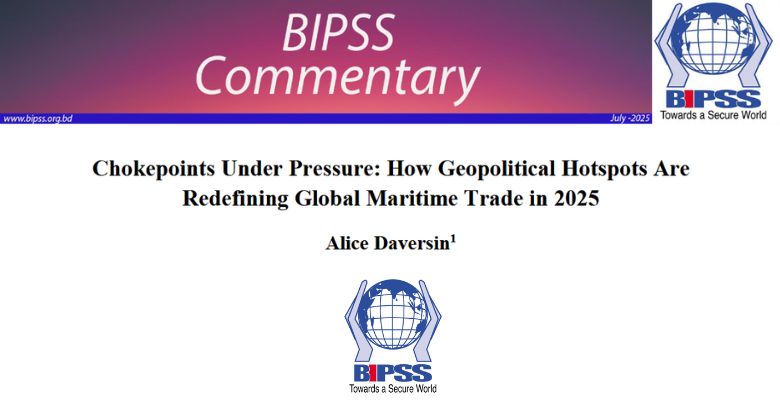
Chokepoints Under Pressure: How Geopolitical Hotspots Are Redefining Global Maritime Trade in 2025
Maritime chokepoints—narrow yet vital sea passages—are increasingly under strain from a convergence of geopolitical tensions, asymmetric threats, climate disruptions, and cyber vulnerabilities, making them focal points of global instability. These critical nodes, which facilitate the bulk of international trade, have seen rising disruptions with significant economic, security, and environmental consequences—especially for developing nations and vulnerable economies. High-profile incidents like Houthi attacks in the Red Sea and Iran’s threat to close the Strait of Hormuz illustrate how chokepoint instability can ripple across global markets, inflate costs, and derail supply chains. In response, the international community is pursuing diversified trade corridors, enhanced maritime security operations, and greater investment in resilient infrastructure. However, a sustainable solution requires a multidimensional strategy involving integrated security frameworks, stronger multilateral diplomacy, cyber and climate resilience, and inclusive support for the most affected states to ensure global maritime stability in a volatile world.



